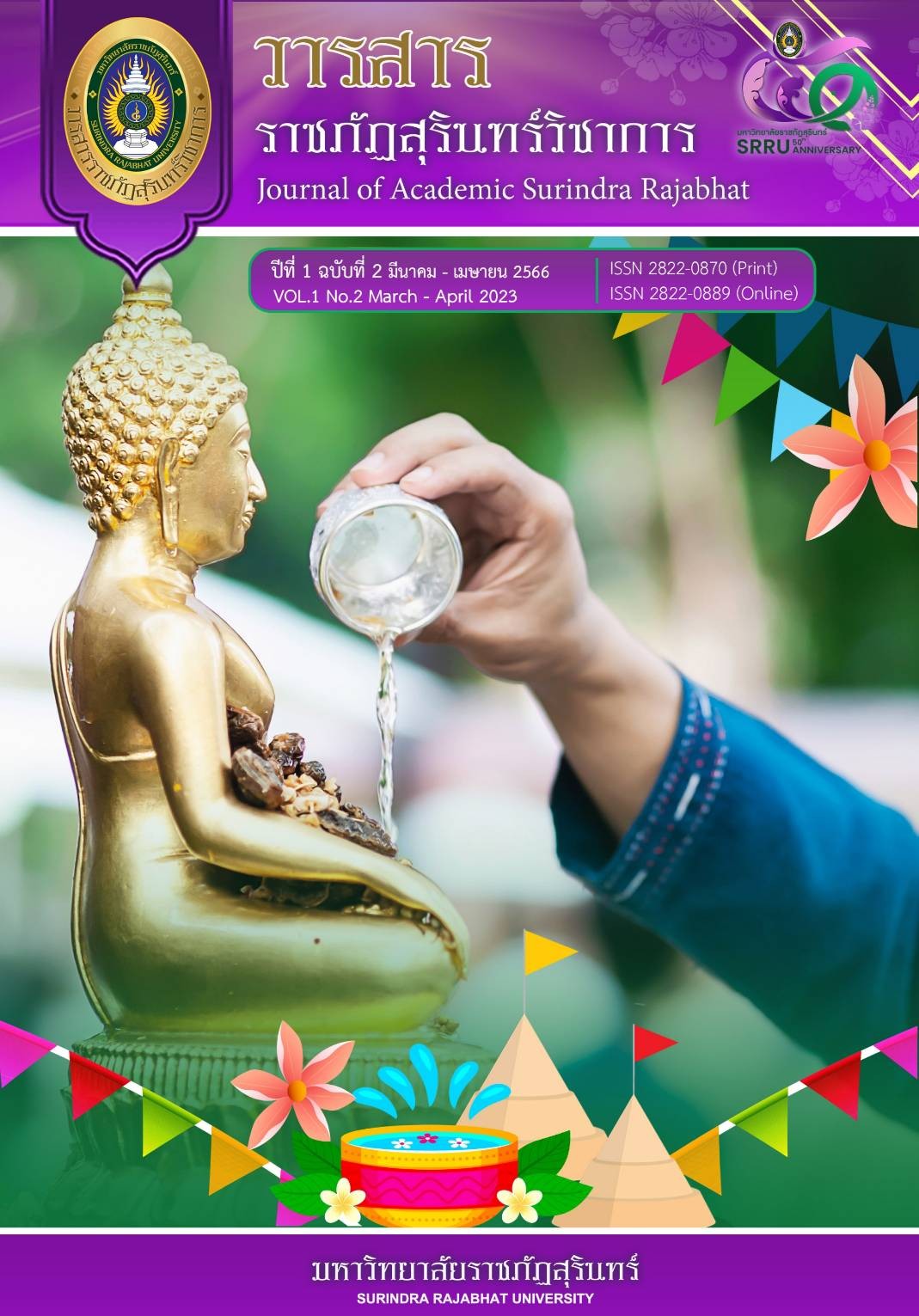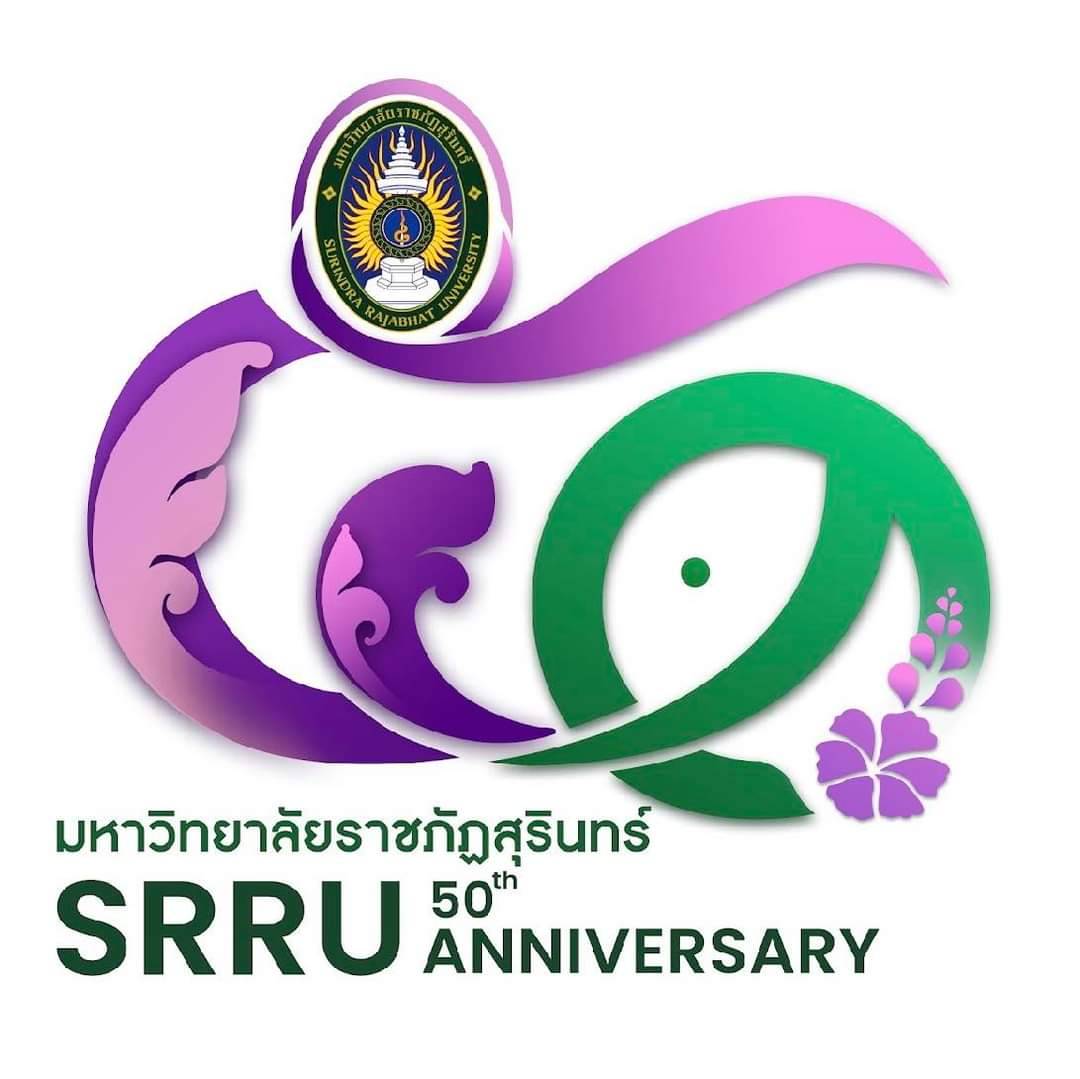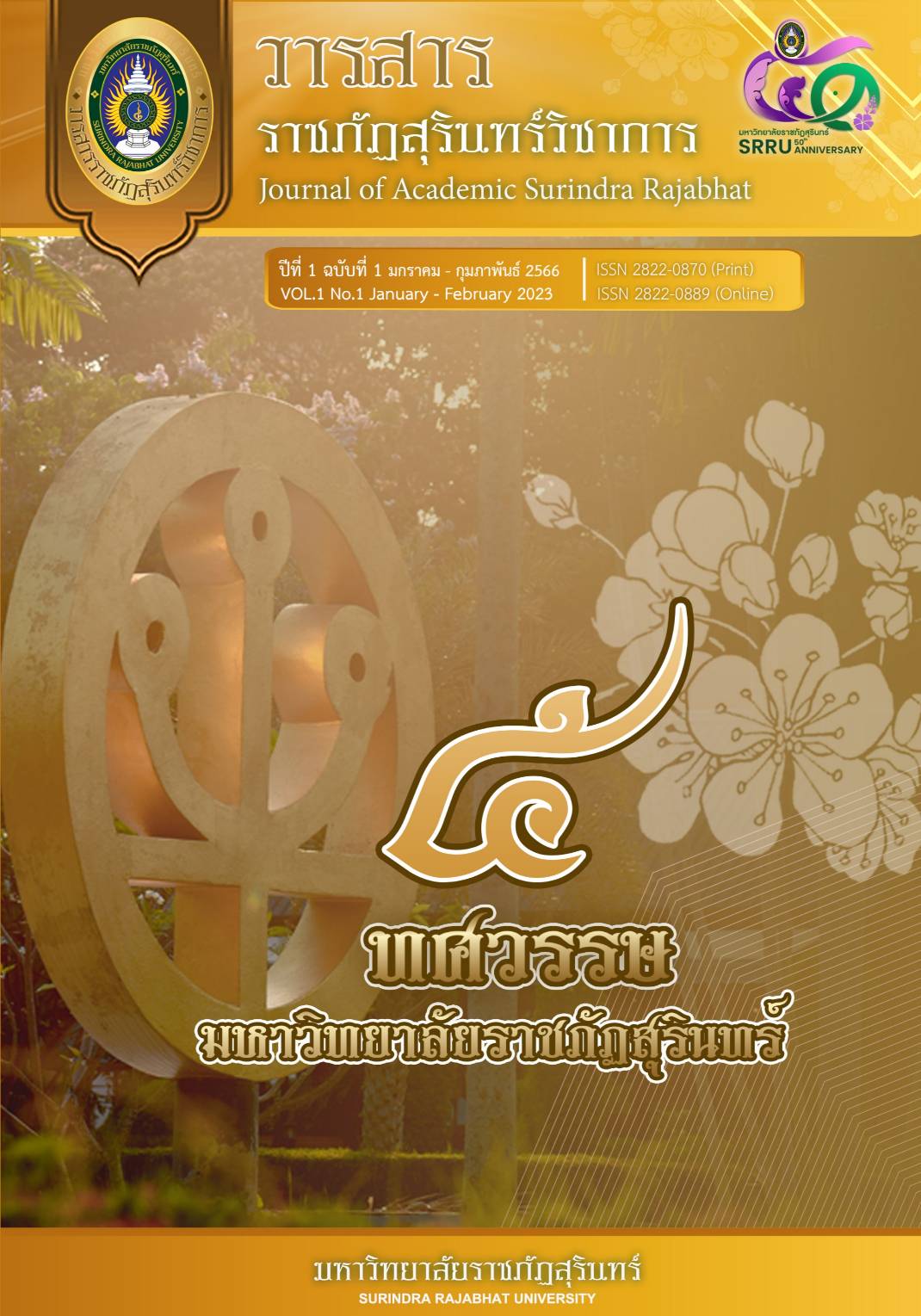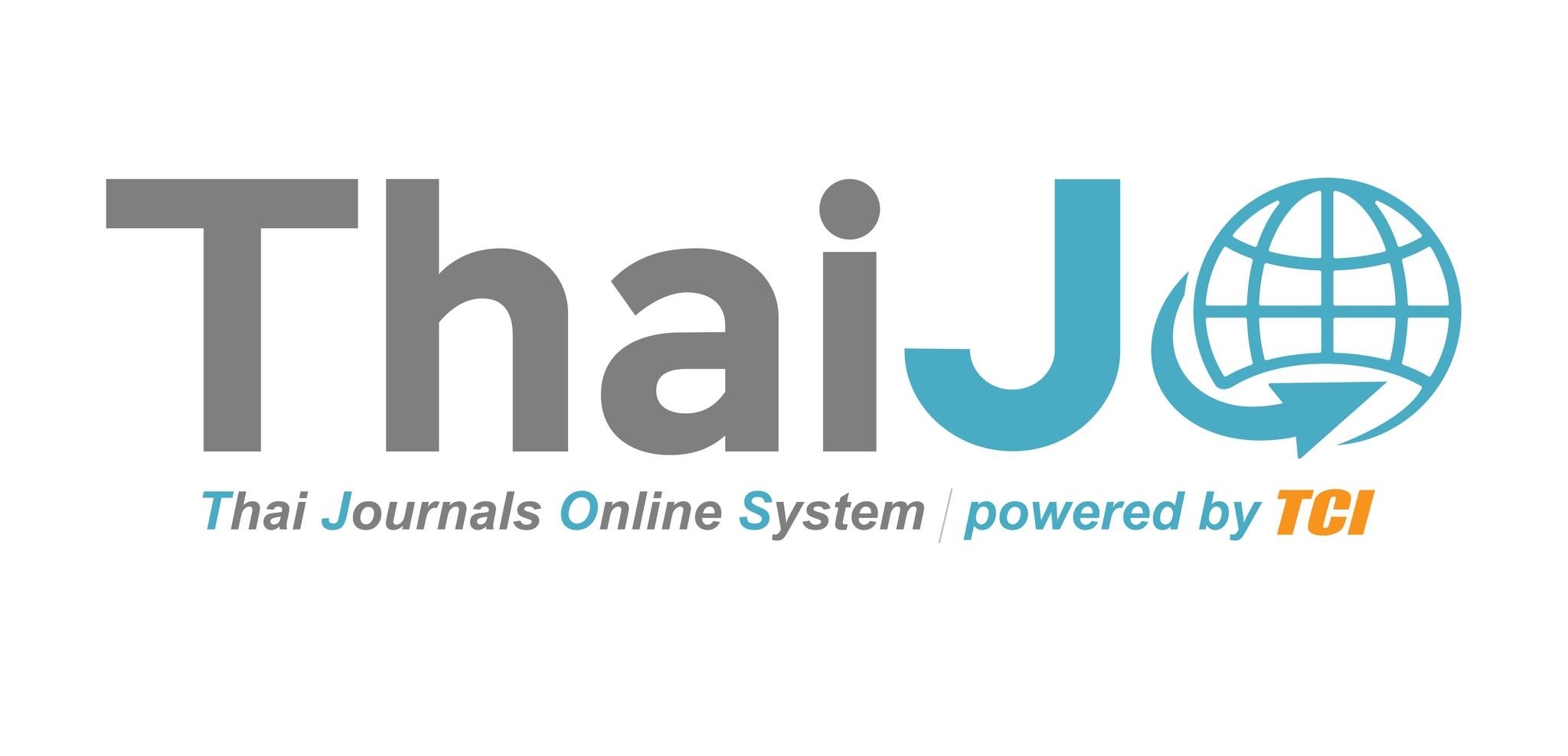A Study of Mathematical Problem Solving Ability Using the KWDL Technique for Mathayomsuksa 2 Students on the Subject of Pythagorean Theorem
DOI:
https://doi.org/10.14456/jasrru.2023.9Keywords:
KWDL technique, Mathematical problem-solving abilities, Pythagorean TheoremAbstract
This research aimed to improve the abilities of Mathayomsuksa 2 students to solve mathematical problems based on the Pythagorean theorem by using the KWDL technique. The sample used in this research were Mathayomsuksa 2/2 students at Sahatsakhan Suksa School, under the Office of Kalasin Secondary Educational Service Area, semester 1, academic year 2022, totaling 34 students obtained by cluster random sampling. The tools used in the research consisted of: 1) A learning plan for solving mathematical problems by using the KWDL technique on the Pythagorean Theorem, 10 hours 2) The mathematical problem-solving ability test consisted of five items. Statistics used in data analysis were mean standard deviation and percentage. The research results were as follows: Students were able to solve mathematical problems based on the Pythagorean theorem. By learning management with the KWDL technique, the number of passing scores was 70 percent, representing 86.54 percent of the full score, and there were 34 students passing the criteria of 70 percent, representing 100 percent of all students.
Downloads
References
รุจิอร รักใหม่. (2557). การศึกษาความสามารถในการแก้โจทย์ปัญหาทางคณิตศาสตร์ เรื่องลำดับและ อนุกรม ด้วยเทคนิค KWDL สำหรับนักเรียนชั้นมัธยมศึกษาปีที่ 6 โรงเรียนสตรีพัทลุง จังหวัดพัทลุง. วิทยานิพนธ์วิทยาศาสตรมหาบัณฑิต สาขาวิชาคณิตศาสตร์ศึกษา มหาวิทยาลัยบูรพา.
รุจิอร รักใหม่. (2557). การศึกษาความสามารถในการแก้โจทย์ปัญหาทางคณิตศาสตร์ เรื่อง ลำดับ และอนุกรม ด้วยเทคนิค KWDLสำหรับนักเรียนชั้นมัธยมศึกษาปีที่ 6 โรงเรียนสตรีพัทลุง จังหวัดพัทลุง. วิทยานิพนธ์ปริญญาวิทยาศาสตร์มหาบัณฑิต สาขาวิชาคณิตศาสตร์ศึกษา คณะวิทยาศาสตร์ มหาวิทยาลัยบูรพา.
Dabthong, B. (2018). The Development of Learning Management Model for Mathematical Problem Sloving by Using Inquiry cycle (5E) and K-W-D-L Technique for Students in Prathomsuksa 4 . Journal of Education Prince of Songkla University. 29(2) : 164-174. [In Thai]
Luenklang, P., Hembasat, P. and Pimpasalee, W. (2019). The development of problem-solving skill in ratios and percentages for Grade-8 students by incorporating cooperative learning STAD technique into KWDL technique. Journal of Science and Science Education. 2(2) : 145-153. [In Thai]
Ministry of Education, Thailand. (2010). Basic education core curriculum B.E. 2551 (A.D. 2008) . Bangkok : The Agricultural Co-operative Federation of Thailand Ltd. [In Thai]
Ogle, D. M. (1986). KWL: A teaching model that develops active reading of expository text. The reading teacher. 39(6). 564-570.
Pengjan, C., Tanachaikhan, N. and Panyapreuk, S. (2017). The learning management by using KWDL technique to develop learning achievement in mathematics entitle“sentence problems” of Prathomsuksa 6 students. Journal of Graduate Research. 8(1) : 71-82. [In Thai]
The National Institute of Educational Testing Service, Thailand. (2020). Basic statisticsof O-NET test resultsfor grade-9student during academic year 2014 -2017. [Online]. Available : https://www.niets.or.th/uploads/editor/files/Download/ค่าสถิติพื้นฐาน%20ม3.pdf. Retrieved 1 March 2020. [In Thai]
Trangan, N. and Thongaime, A. (2016). The study of effects of KWDL for problem solving of physicsor learning on electricity and magnetism. Journal of Graduate School. 5(2) : 764-775. [In Thai]
Downloads
Published
How to Cite
Issue
Section
Categories
License
Copyright (c) 2023 วรินทร์ญา โพธิ์ทอง, วรรณธิดา ยลวิลาศ, นพคุณ ทองมวล

This work is licensed under a Creative Commons Attribution-NonCommercial-NoDerivatives 4.0 International License.










